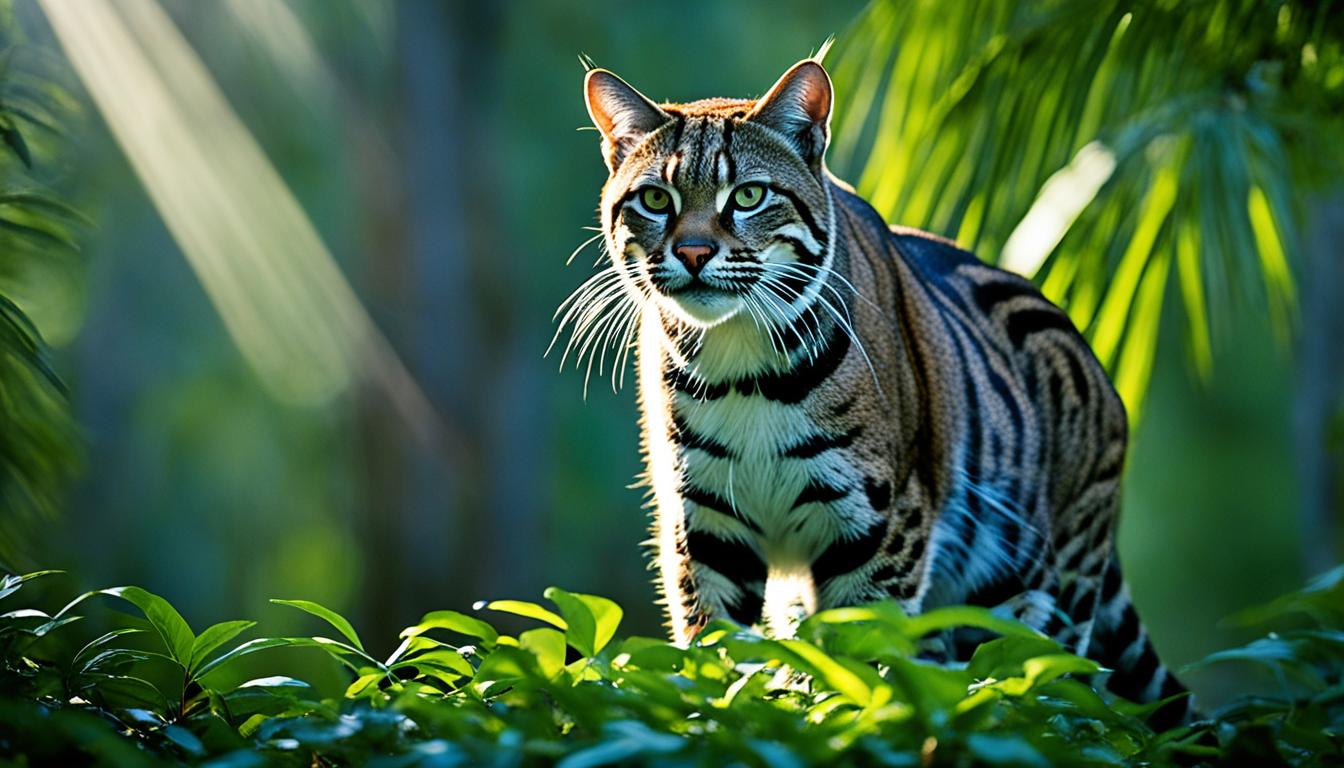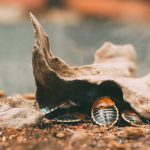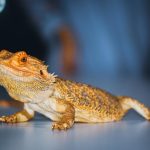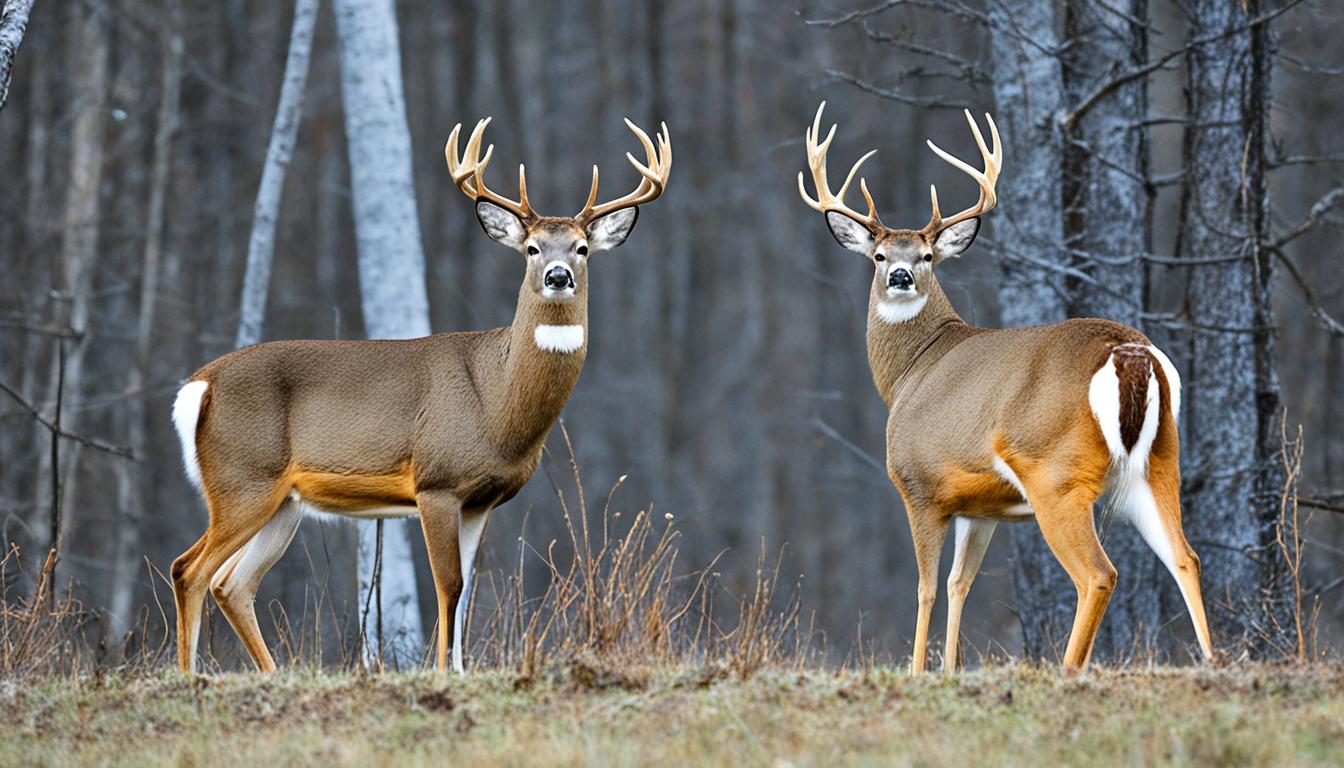Have you ever thought about the wild cats seen in Florida’s wilderness being truly native? Large felines have caught the eye of many Floridians from time to time. This interest has grown with the help of footage from outdoor cameras. The Florida panther and the bobcat are the two cats that are known to be native here. The Florida panther is the state’s official animal, given that honor in 1982 after a vote by school kids.
Exploring more about these intriguing cats can shed light on their role in Florida’s wild areas. Let’s learn about Florida’s own wild cats and their importance in the state’s ecology.
Introduction to Florida’s Native Wildcats
Florida wildcats have always stirred interest since the old days. Explorers, such as Cabeza de Vaca, thought they saw lions or panthers. This led to the cats becoming a key part of Florida’s stories. Early on, people used terms like “mountain lion” without clear distinction. Such mystery only sparked more curiosity over time.
Brief History of Wildcat Sightings in Florida
Florida’s past is full of stories about wildcats. Those tales started with explorers who saw these large cats. But they didn’t recognize them as native species. Over time, these stories by settlers and nature lovers grew, adding to the mystery of Florida’s wildcats.
Role of Motion-Sensing Cameras in Wildlife Discovery
Modern tech, like motion-sensing cameras, has changed how we find wildlife in Florida. These cameras are key to getting photos and videos of wildcats where they live. They help us gather important info for studying and protecting these cats. Thanks to these cameras, we’re learning more about Florida’s wildcats and helping keep them safe.
Types of Native Wildcats in Florida
Florida has two main wildcats—the Florida panther and the Florida bobcat. Even though they look alike in some ways, they are quite different. They live in different places and have their own unique features.
The Florida Panther
The Florida panther is a kind of Puma that is very rare. There are only 120 to 230 of them left. They live in the south part of Florida, mainly in swamps and forests. A big worry for these panthers is losing their homes because of people building and other dangers. These cats are easy to spot because of their light tan fur, large tails, and strong bodies.
The Bobcat
The Florida bobcat is lighter and more widespread. You can find bobcats all over Florida, not just in the wild. They have reddish-brown fur with spots, ear tuffs, and short tails. It’s amazing how they can live in many different places. Their ability to live anywhere makes them more common to see in Florida.
Florida Panther: The State Animal
The Florida panther is special to many in the state, as it’s the official state animal. Its significance goes back for many years. This amazing animal is a key part of Florida’s cultural and historical story.
History and Significance
The Florida panther is actually Puma concolor coryi when you talk about science. It used to live across a big area from South Carolina to Arkansas. But, now it’s mostly found in the Big Cypress and Everglades regions.
Why is its area so much smaller now? This happened because Florida’s wild places are disappearing. We need to act fast to save their homes.
Range and Habitat
These panthers like to live in really wild, not many people kind of places in the south of Florida. Every now and then, female panthers are seen far north, even past Lake Okeechobee, but these times are rare.
As their living space gets smaller, it shows how important it is to keep Florida’s wild places safe. This is crucial for these famous cats to keep on living.
Bobcat: A Common Sight Across Florida
The bobcat is an important part of Florida native wildlife. It lives all over the state, showing us how diverse its ecosystems are. They live in both the wild and cities, showing different behaviors there.
General Characteristics and Behavior
Bobcats have short tails, which is where they get their name. They have a reddish-brown coat with spots. They are great at hunting, using stealth and patience.
Birds and rodents are their usual prey. Bobcats live alone, defending their marked territories fiercely.
Urban vs Rural Bobcat Populations
Bobcats in Florida are amazing at living in different places. Rural bobcats have big areas to hunt and roam. But, those in cities have adapted to smaller spaces and new ways of finding food.
Even though cities are challenging, they help to control animal populations. This makes them key parts of urban wildlife.
| Characteristics | Rural Bobcats | Urban Bobcats |
|---|---|---|
| Territory Size | Larger, expansive areas | Small, confined ranges |
| Behavior | Primarily nocturnal, traditional hunting | Adapted to diurnal activities, modified feeding |
| Interaction with Human | Minimal | Frequent |
In Florida, you can see bobcats in both cities and the countryside. They are a reminder of the diverse Florida native wildlife we have, even with our modern cities.
Are there any native wildcats in Florida?
Yes, Florida has two native wildcats: the Florida panther and the bobcat. The Florida panther is rare and in great danger. On the other hand, bobcats are doing better. There is a legal season for hunting them.
Both these wildcats are important for Florida’s environment. The Florida panther helps keep the ecosystem in balance. It’s mainly found in the south, including places like the Everglades and Big Cypress National Preserve.
The bobcat is more common and lives in many areas, from the country to the city.
Here’s a quick look at how these wildcats differ:
| Species | Status | Habitat |
|---|---|---|
| Florida Panther | Endangered | South Florida (Big Cypress, Everglades) |
| Bobcat | Not Endangered | Statewide (Rural and Urban Areas) |
These wildcats show the rich variety of Florida’s wildlife. Protecting them, especially the Florida panther, is very important.
Florida Panthers and Their Relation to Pumas
The Florida panther shines a light on Florida’s work in wildlife conservation. It’s a special kind of Puma. The Puma used to roam all over from Canada down to South America. Its huge range shows it could survive in many places.
The Puma’s Historical Range
The Puma lived in diverse areas. It could be found in thick forests or dry deserts. But, humans have greatly affected their numbers. This is why the Florida Panther’s home is now only in Florida.
Many efforts are being made to help them survive. These include making safe paths for Panthers to move and protecting them from cars. By working together, we can give these beautiful cats a better chance at life.
| Aspect | Details |
|---|---|
| Historical Range | From Canada to the southern tip of South America |
| Current Habitat | Primarily in Florida, east of the Mississippi River |
| Conservation Status | Critically Endangered |
| Conservation Efforts | Habitat protection, wildlife corridors, legal protections |
Identifying Florida Panthers and Bobcats
It’s not hard to tell Florida panthers and bobcats apart. Each has its own look and actions. By watching closely, you can learn to spot the differences between them.
Physical Characteristics
The Florida panther has a tan coat and a long tail with a black tip. It’s also much bigger than the bobcat. Bobcats have a red coat, a lean body, and a short tail. This makes them stand out too.
Differences in Tracks and Sounds
It’s also about their footprints and sounds. Panther tracks are big and round, like a baseball. Bobcat prints are smaller, more like a golf ball. Both cats make unique sounds. They don’t roar like you might expect. They use chirps and growls to talk.
- Panther Tracks: Resemble a baseball
- Bobcat Tracks: Closer to a golf ball size
“The diversity of vocalizations used by these wildcats highlights their unique communication methods.”—Wildlife Expert
Knowing their looks and sounds is key to spotting them in the wild. These details help tell the panther and bobcat apart. It’s essential for wildlife lovers and explorers in Florida.
| Characteristic | Florida Panther | Bobcat |
|---|---|---|
| Coat Color | Tan | Reddish |
| Tail | Long with black tip | Short |
| Track Size | Baseball | Golf Ball |
| Vocalizations | Chirps, Growls | Chirps, Growls |
Diet and Hunting Patterns
Looking at what Florida’s native wildcats eat and how they hunt, we get interesting clues about their lives. We’ll check out what the Florida panther and the bobcat like to eat and how they catch their prey.
What Do Florida Panthers Eat?
The Florida panther diet mainly includes other mammals, with deer being a big part of their meals. They also eat armadillos, wild hogs, and raccoons. When they hunt, panthers use their powerful jaws and sharp teeth to take down their prey by suffocating it.
Bobcat’s Prey and Hunting Behavior
Bobcats, on the other hand, prefer smaller animals for food. They often eat rabbits and squirrels but also catch birds and rodents. Bobcats are mostly out hunting at night. They have excellent eyesight and hearing, which helps them find and take down their prey in the dark.
Besides being night hunters, bobcats also hunt during the day. This shows how they can adjust their routines to find food whenever they need to.
Now, let’s compare the eating and hunting ways of the Florida panther and the bobcat.
| Characteristic | Florida Panther | Bobcat |
|---|---|---|
| Primary Diet | Deer, armadillos, wild hogs | Rabbits, squirrels, birds |
| Hunting Time | Mostly nocturnal | Primarily nocturnal but also diurnal |
| Hunting Method | Suffocation | Stalking and ambushing |
Conservation Efforts for Florida Wildcats
Conserving Florida’s wildlife is key to keeping its ecosystems healthy. The Florida panther and the bobcat are very important. They deal with threats in different ways, so we need unique plans to help them.
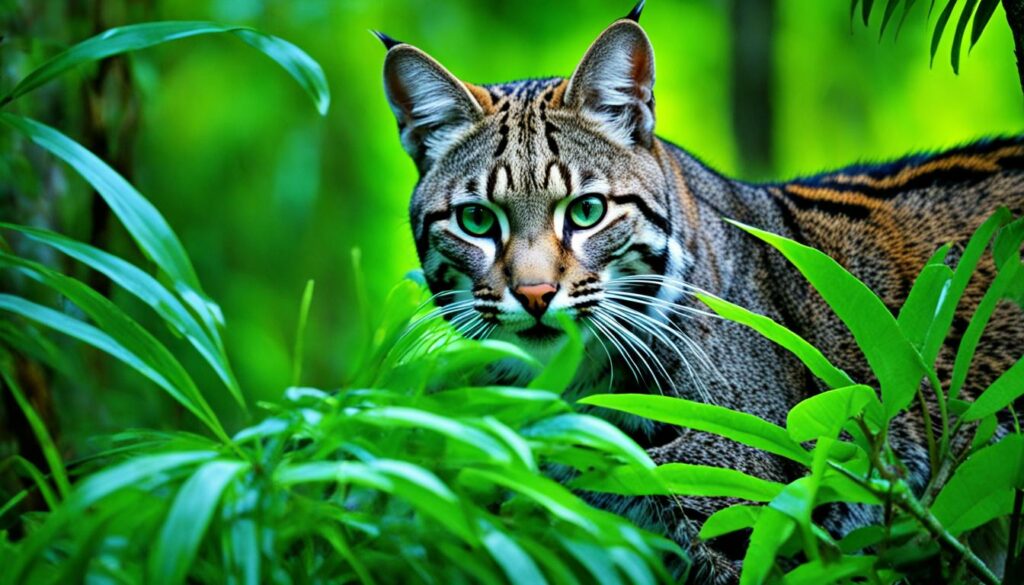
Programs to Protect the Florida Panther
The Florida panther needs a lot of help. It is an endangered species. Many efforts help them increase in number and keep their homes safe. It’s against the law to hurt or bother them. People are working hard to make sure humans and panthers can live without causing problems for each other. This includes making safe paths for panthers to travel and rebuilding their habitats.
Legal Status of Bobcats
Bobcats have different rules than panthers. They can be hunted during a certain time of year. But, if they cause problems, they can be taken away legally. These rules aim to keep a good balance. They make sure people and wildlife can live together without too much hassle.
| Wildcat | Conservation Status | Legal Protections |
|---|---|---|
| Florida Panther | Endangered | Illegal to harm or harass |
| Bobcat | Not Endangered | Regulated hunting season; lawful removal as nuisance |
Tips for Coexisting with Florida’s Native Wildcats
Living with Florida’s native wildcats requires some know-how. You can keep yourself and the cats safe by being smart. This means knowing how to avoid problems and protect your animals.
Safety Measures for Human-Wildcat Interactions
Meeting a wildcat safely is key for everyone’s wellbeing. Always do these things:
- Do not feed wildlife: Giving food to wildcats changes how they hunt. They might get too close to people.
- Secure pets and livestock: Pets should stay indoors at dawn and dusk. Make sure livestock is in safe enclosures.
- Maintain clear habitats: Keep hiding places away by cleaning up thick plants around your place.
How to Protect Pets and Livestock
Keeping your pets and animals safe involves stopping wildcats from coming close. Use these steps:
- Fencing: Strong fences can help keep wildcats away from your home.
- Secure enclosures: It’s important that enclosures for animals are closed and can’t be gotten into by wildcats.
- Use deterrents: Lights and sounds that turn on by motion may stop wildcats from coming near.
By following these guides, you can make your area safer for both you and the wildcats. Remember, being careful while you drive to avoid hitting wildlife is also very important. Watch out for animal crossings.
Conclusion: The Importance of Florida’s Native Wildcats
Native wildcats in Florida, like the Florida panther and bobcat, show the state’s ecological variety. These amazing animals help keep the ecosystem balanced. They also remind us of Florida’s deep culture.
The Florida panther and bobcat play big parts in Florida’s nature. The panther is in danger, while the bobcat is more stable. It’s up to all of us to secure their future by supporting conservation work.
Conservation work is key, with Florida’s authorities leading the way. Everyone can help by living in harmony with nature and backing laws that protect these wildcats. Doing so is a promise to protect these animals for the future and keep Florida’s nature thriving.

